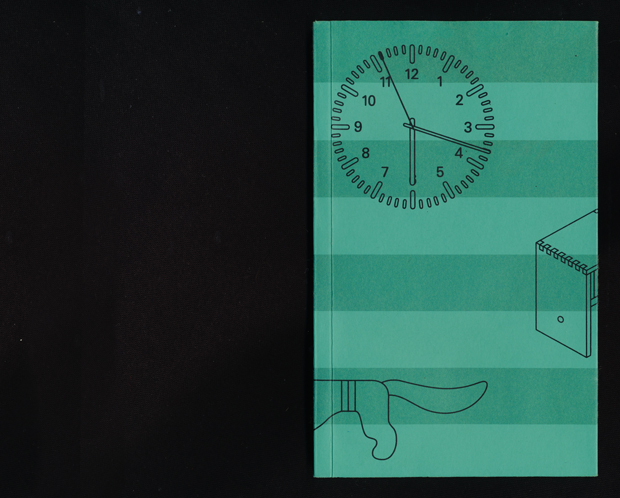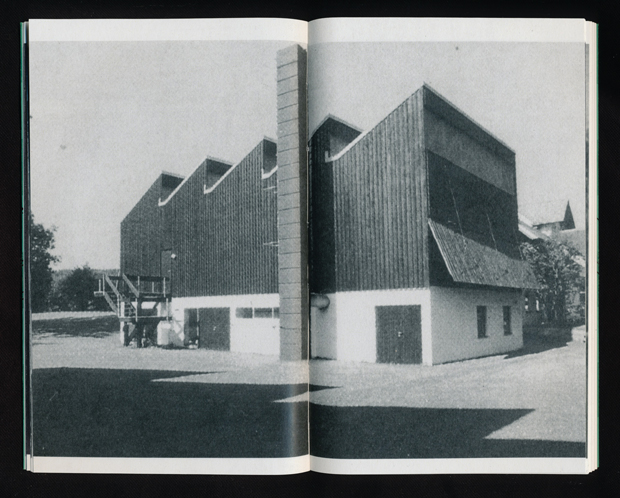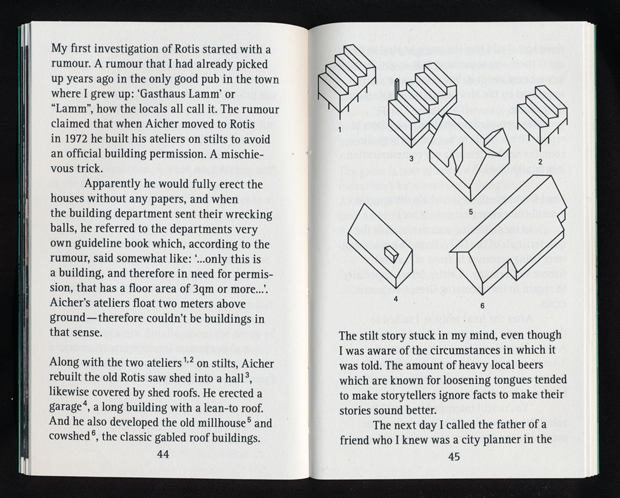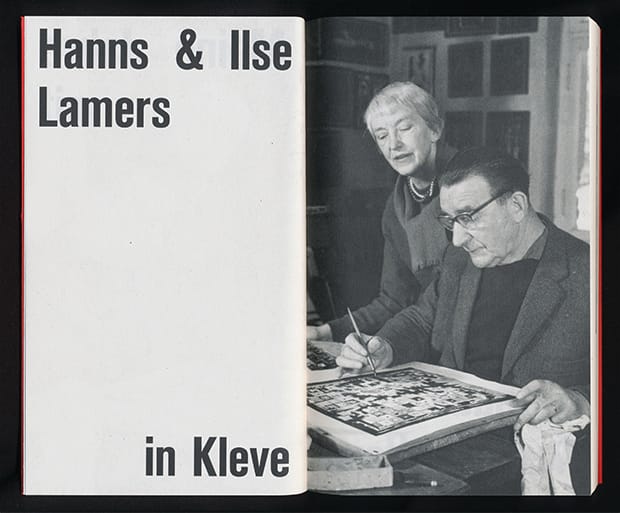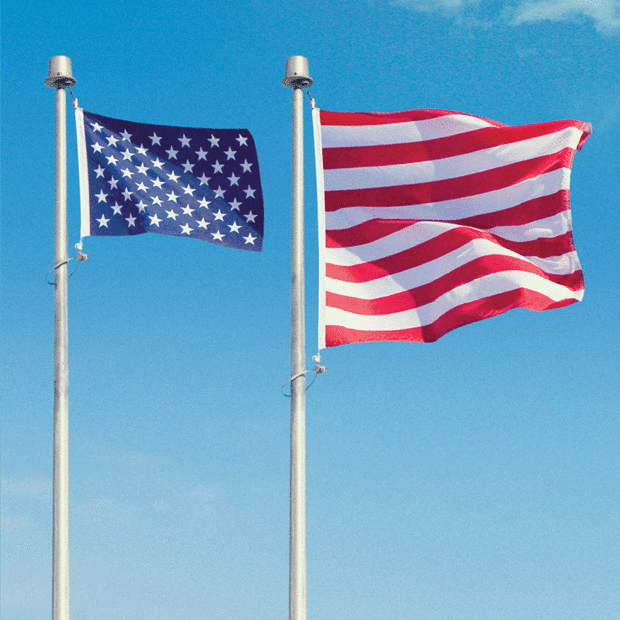A product of German and Dutch design schools, this young graduate looks to be going far with his engaged design practice and a portfolio full of vitality.
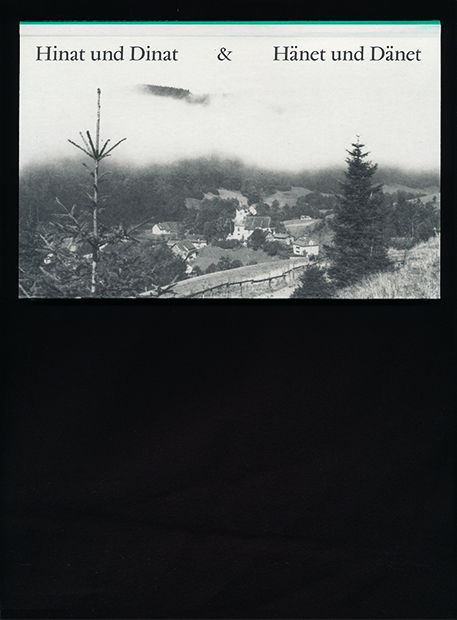
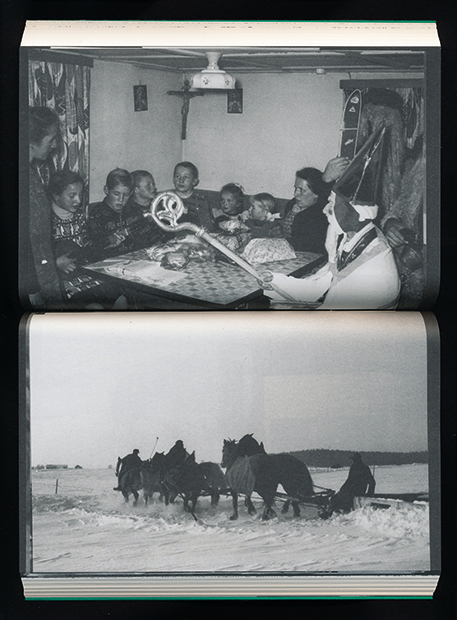
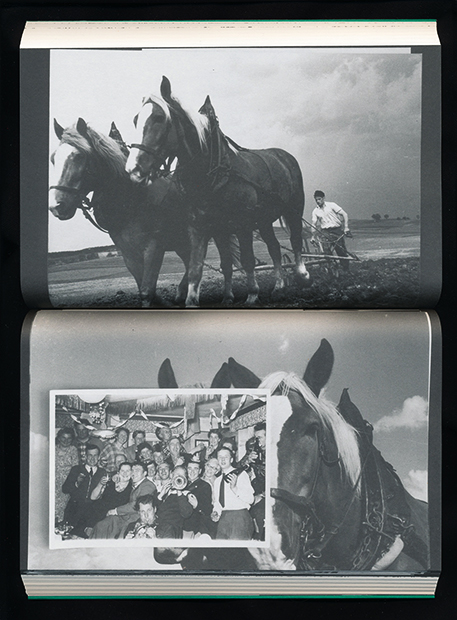
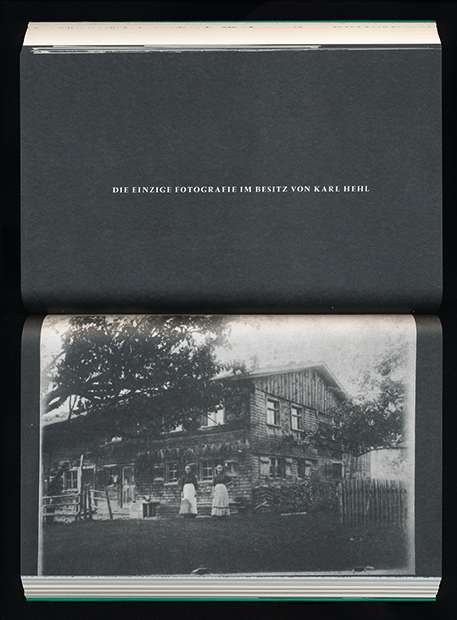
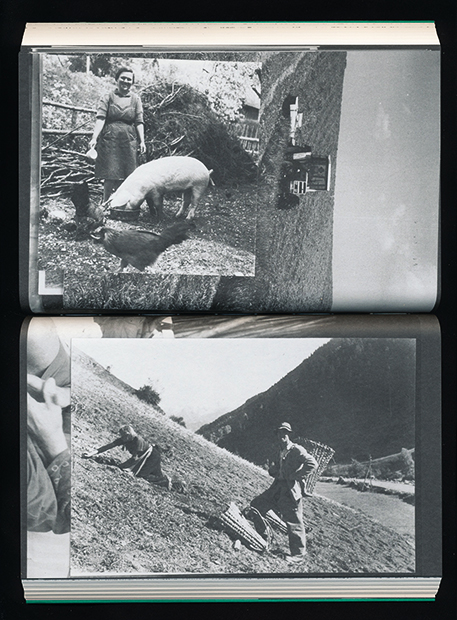
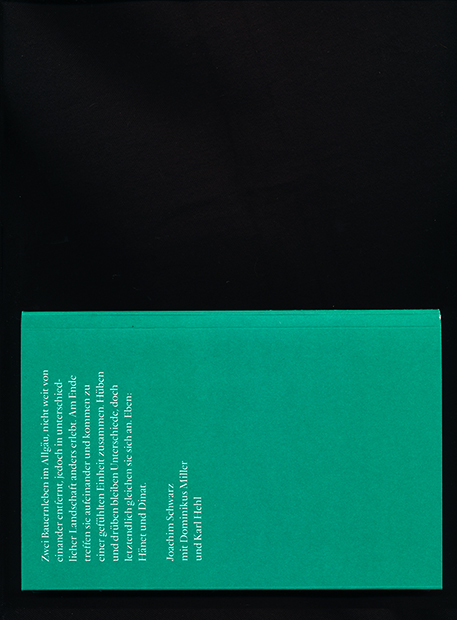
How would you describe your practice?
I am a graphic designer with a big interest in history, literature, architecture and art and I like it when my projects intersect with any of those things. It is important to me that there is something in a project that makes it more than just work.
You studied in Germany and Holland, how do the experiences compare?
Both schools left a strong impression on me, although in very contrary ways. The rules that I picked up from my professors in Hamburg – my teachers in Amsterdam provoked me to break.
In Hamburg the department goes under the name Typography. The two teachers who run it represented quite a classical approach. It fits the German art school, where tradition, craft and hierarchy are still considered strong values. I had a strong affection for both teachers and learned a lot from them. But after three years I wanted to get some fresh air and decided to do an exchange.
In Amsterdam I felt relief, breaking free from the German school’s dogma. My interests and fascinations could move in any direction and would still develop a certain quality because most teachers as well as my fellow students were vibrant enough to follow and react on it. So I decided to stay and finally graduated here. But my time in Hamburg is still somewhat of a backbone to my design.
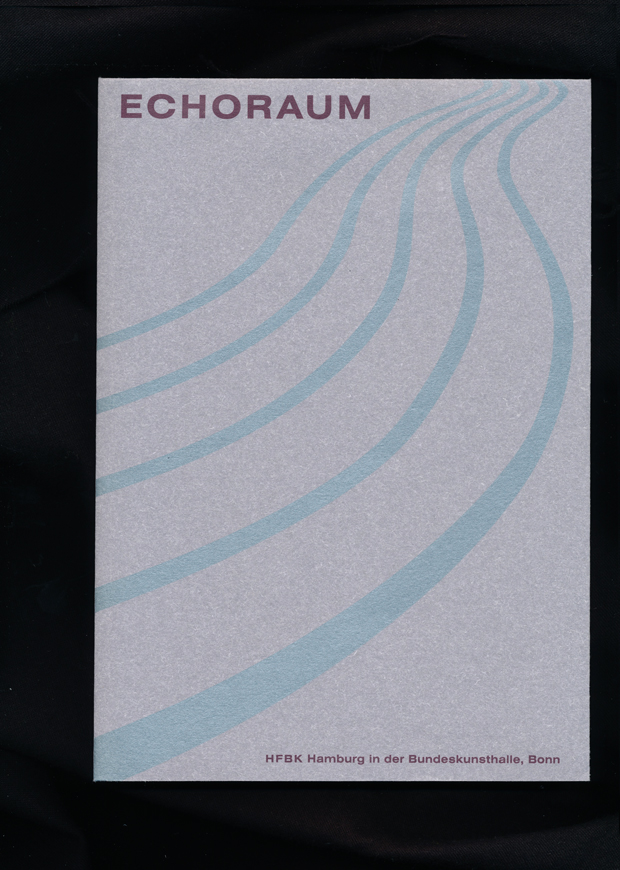
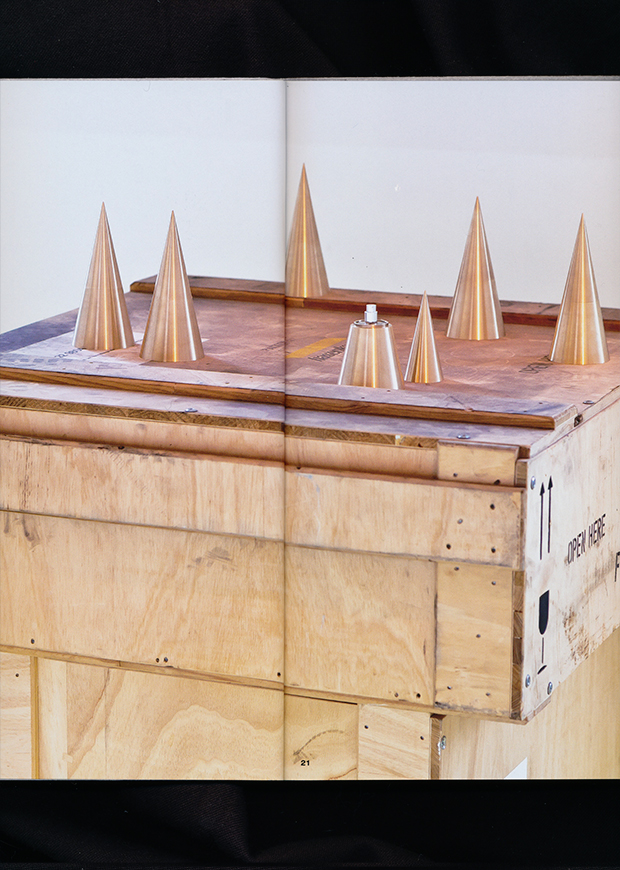
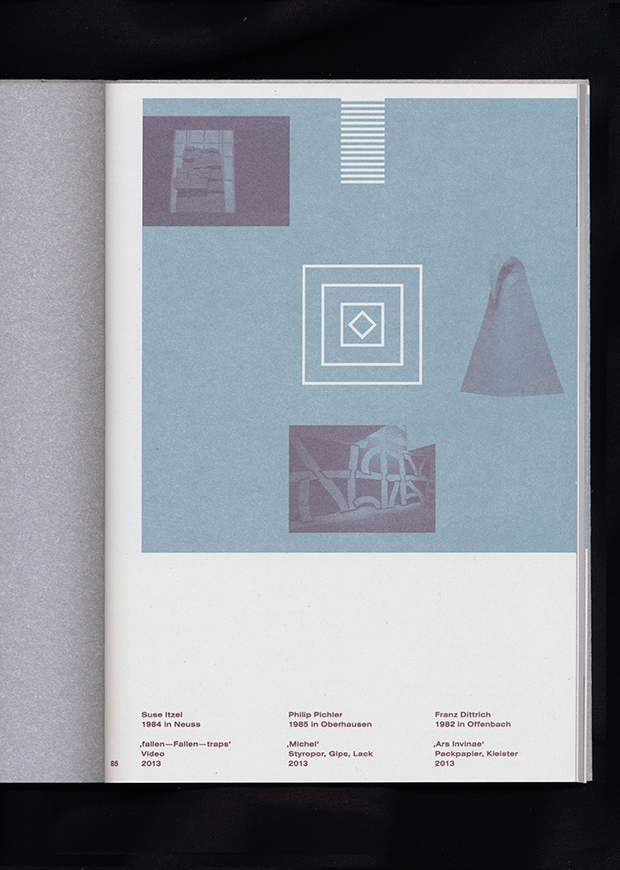
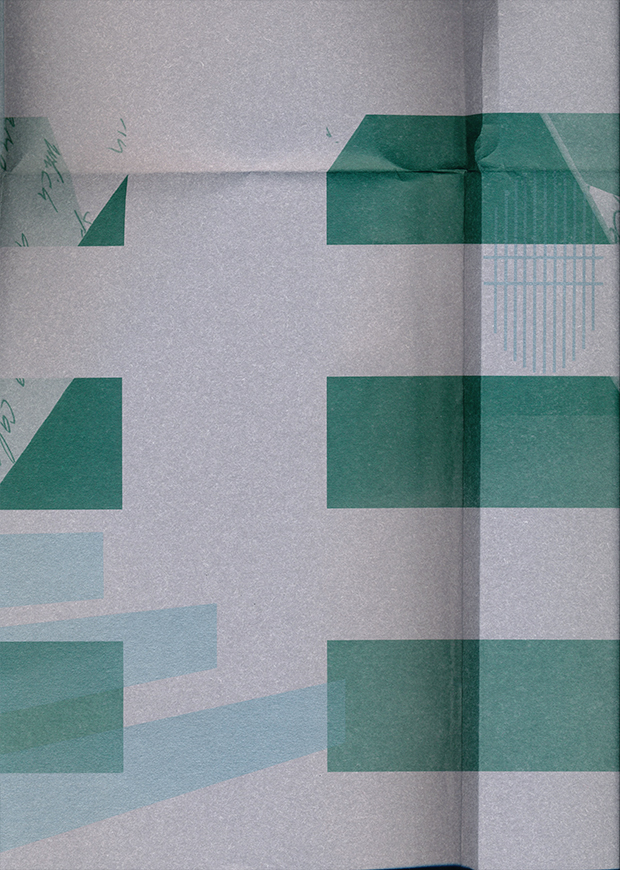
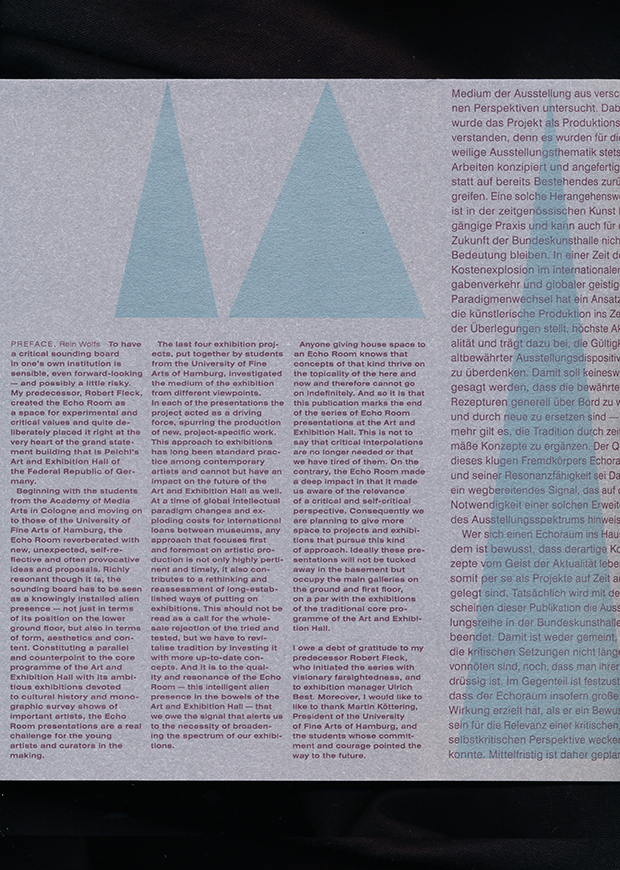
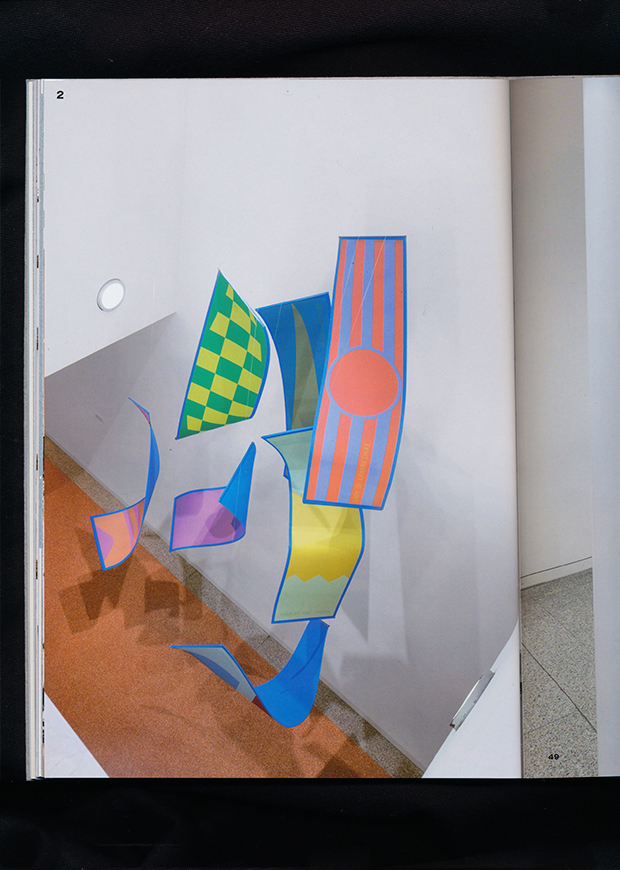
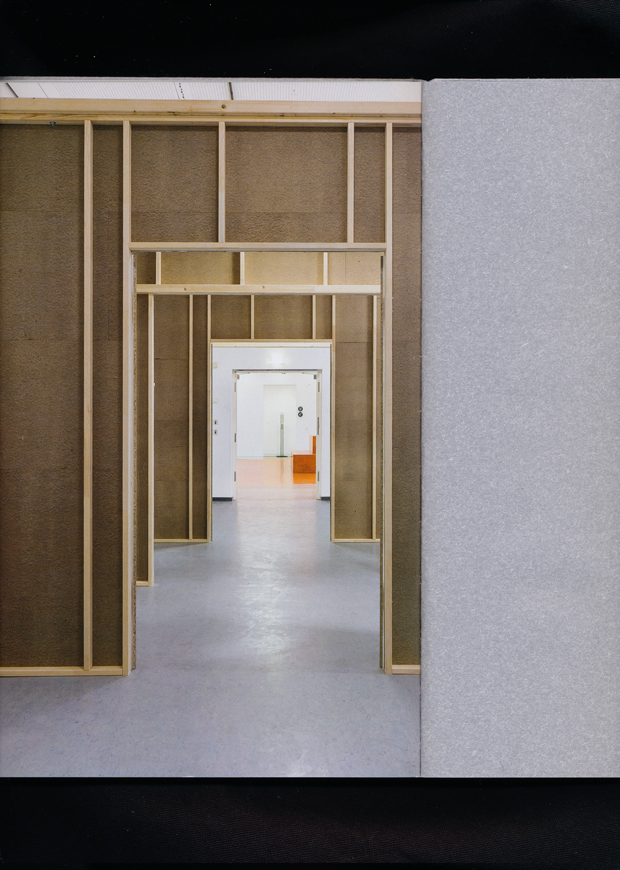
Can you tell us about projects you've worked on.
One project I gained a lot from was the catalogue I did for a group-show of friends in Kunsthalle Bonn. I tried to translate the very own shapes and materialities of the Kunsthalle's post-modernist architecture into the pages of the book. The idea is that reproductions of the artworks in the catalogue should face similar conditions as they have had in the actual space.
Recently I finished a book I designed for my father. He wrote a biography about two farmers. The one farmer was a well known hobby photographer, the other only owned a single image in his life that depicts his house. Together with Conrad Bosshard I made an image essay with the farmers original photography which I put in the middle of the book to divide the two biographies.
Another project that means a lot to me is my graduation project, The green our sheep graze, which is an essay I wrote on Otl Aichers design-utopia Rotis, which is supported by archive imagery. Through visiting the place and interviewing Aichers’ son, a neighbour and former employees I tried to unroll the chronicles of this particular design studio and its modernist architecture and the rural surrounding it was situated in. I continue collecting further materials and would like to publish it at some point.
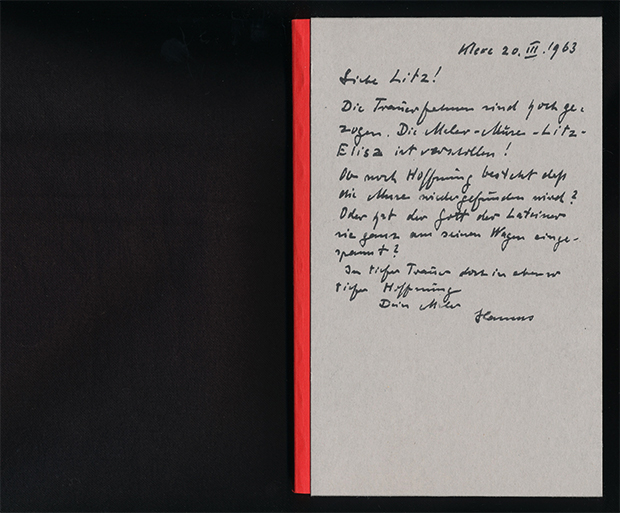
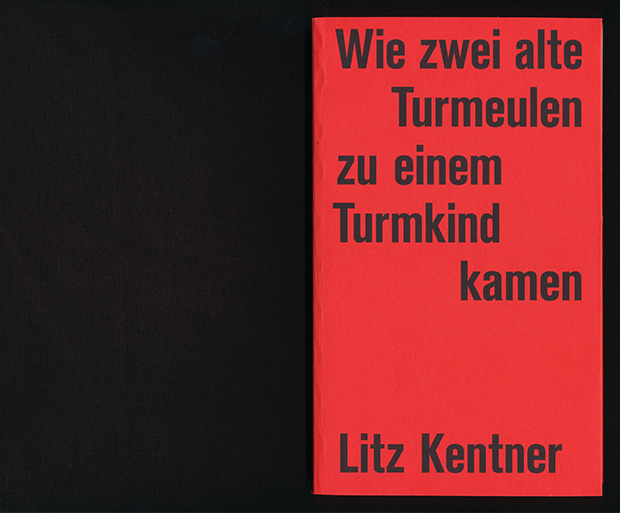
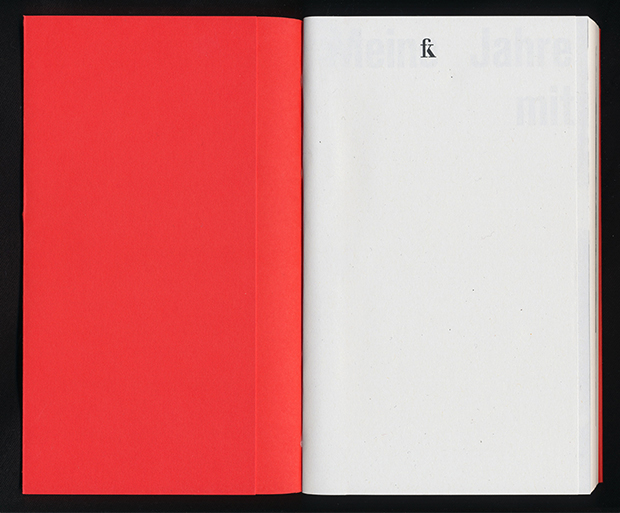
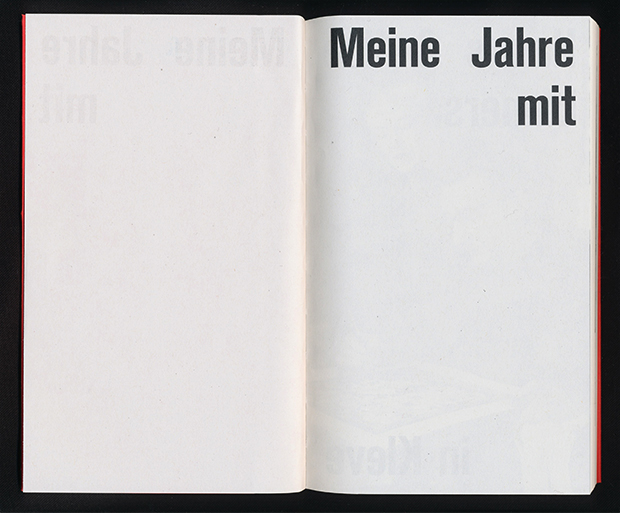
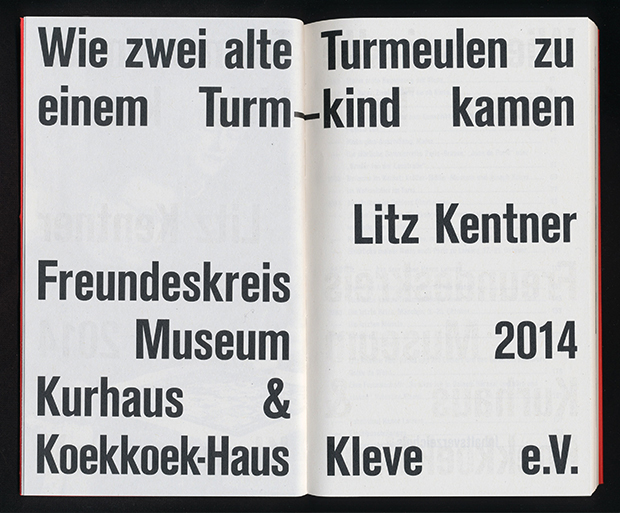
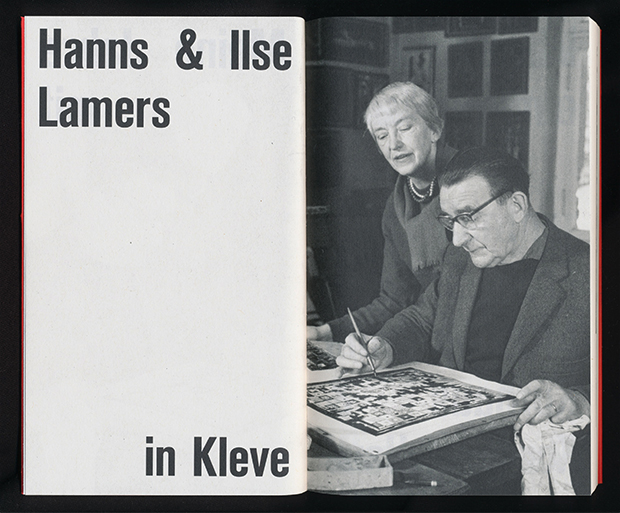
You're taking part in Foam Lab in Amsterdam, what does that involve and what have you taken from it?
Foamlab is a two-day-a-week programme made up of a team of eight recent graduates (from all kinds of disciplines) who form a think tank of sorts in order to renew the museum from the inside. Our tasks vary from developing new concepts, writing business plans to designing. I have learned a lot about working in a team here, which was challenging in the beginning since it is eight people you don't know at all who have all different ideas about things. Since Foam is a small private museum, its financial independency forces it to do a lot of compromising and safe choices. Some of our ideas were turned down cause they were too expensive or too progressive for the mainstream audience foam is dependent upon reaching. That was a bit frustrating in the beginning but we’ve since learnt to understand the machinery of the institution better and to find our own ways of doing things. And it also forces me to speak Dutch.
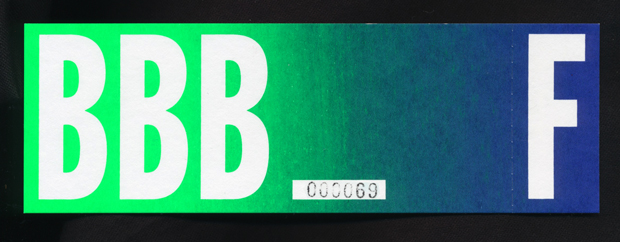
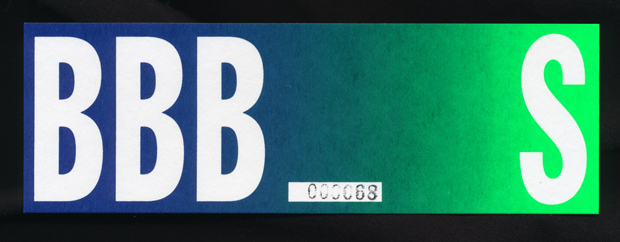
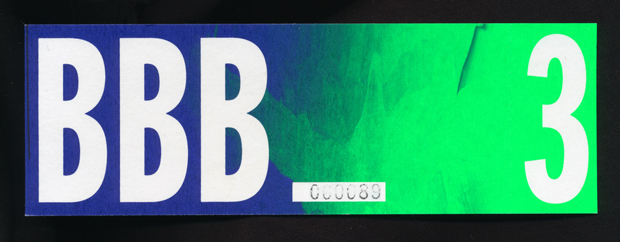
What’s next?
Alongside Foam I am assisting my former teacher Linda van Deursen with some typesetting, which is very exciting as I really like her work. I hope I can go on with this for a while and that new freelance assignments will be showing up on the horizon.
